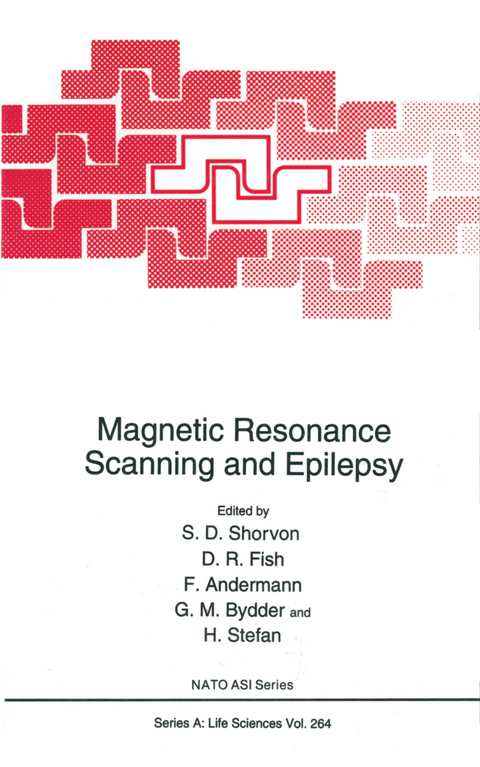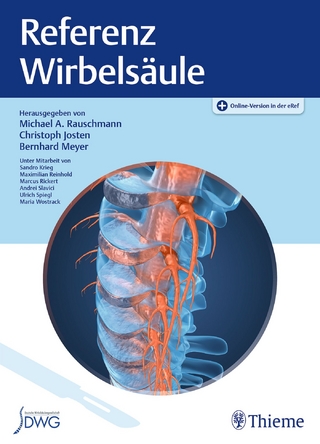
Magnetic Resonance Scanning and Epilepsy
Springer-Verlag New York Inc.
978-1-4613-6086-5 (ISBN)
It was only in 1980 that the first recognisable magnetic resonance images of the human brain were published, by Moore and Holland from Nottingham University in England. There then followed a number of clinical trials of brain imaging, the most notable from the Hammersmith Hospital in London using a system designed by EMI, the original manufacturers of the first CT machines. A true revolution in medicine has ensued; in only a few years there are thousands of scanning units, and magnetic resonance imaging (MRI) has assumed a central importance in medical investigation. It is an extraordinary fact that within a few years of development, the esoteric physics of nuclear spin, angular momentum, and magnetic vector precession were harnessed to provide exquisite images of living anatomy; modem science has no greater tribute. That indisputable king of neurology and the oldest of recorded conditions, epilepsy, has not been untouched by the new technology; indeed, it is our view that the introduction of MRI of electroencephalography (EEG) in the late has been as important to epilepsy as was that 1930s. Now, for the first time, the structural and aetiological basis of the condition is susceptible to thorough investigation, and MRI can provide structural detail to parallel the functional detail of EEG. MRI has the same potential as had EEG over 50 years ago, to provide a new level of understanding of the basic mechanisms, the clinical features and the treatment of epilepsy.
1. Magnetic Resonance Imaging in Epilepsy: The Central Clinical Research Questions.- 2. The Anatomical Bases of the Epilepsies and MRI: Implications for MRI.- 3. Brain Structure in Epilepsy: The Crucial Role of MRI.- 4. MR Spectroscopy in Epilepsy.- 5. Mesial Temporal Lobe Structures: Anatomy.- 6. Magnetic Resonance Imaging of Hippocampal Sclerosis: Reliability of Visual Diagnosis and Implications for Surgical Treatment.- 7. Volumetric MRI Studies of the Hippocampus.- 8. Advances in Morphometric and Volumetric Analysis in Temporal Lobe Epilepsy.- 9. The Role of MRI Volumetric Studies in the Investigation of Patients with Intractable Epilepsy.- 10. The Future Role for MR Imaging in Epilepsy: Morphometry and Volume Analysis.- 11. Quantitative Relaxometry of Hippocampal Sclerosis.- 12. The Significance of T2 Changes in the Hippocampus.- 13. Investigation of Effects of Vigabatrin with Magnetic Resonance Imaging and Spectroscopy In Vivo.- 14. MR of Epilepsy: Three Observations.- 15. Cortical Dysplasia and Heterotopias.- 16. Cortical Dysgenesis in Adults with Epilepsy.- 17. Hemimegalencephaly.- 18. Agenesis of the Corpus Callosum.- 19. The Congenital Bilateral Peri-sylvian Syndrome: Imaging Findings.- 20. Focal Cortical Dysplasia in Temporal Lobe Epilepsy: The Role of Magnetic Resonance Imaging.- 21. MR in Congenital and Hereditary Metabolic Disorders Associated with Epilepsy.- 22. MRI in the Delineation of Genetic Metabolic Disorders.- 23. Minimal Developmental Disturbances in Epilepsy and MRI.- 24. Correlation of MRI and EEG.- 25. Principles of Stereotaxy Applied to MRI and EEG.- 26. MRI Stereotactic Placement of Intracranial Electrodes.- 27. Frameless Stereotaxy: Technical Aspects.- 28. Correlation of MRI and MEG.- 29. Volumetric Magnetic Resonance Imaging: Impact on Neuropsychological Studies.- 30. MRI and Intellectual Decline in Epilepsy.- 31. MRI and SPECT in Epilepsy Surgery.- 32. MR-Directed Stereotactic Resections and Per-operative Screening Using Low-Field MRI.- 33. Non-malignant Tumoural Lesions:.- 34. Vascular Anomalies in Epilepsy: MRI Contribution.- 35. Magnetic Resonance and Neocortical Epilepsy Atrophies.- 36. Application of Spectroscopy to Epilepsy.- 37. Proton MR Spectroscopic Imaging in the Investigation of Patients with Temporal Lobe Epilepsy.- 38. Proton MR Spectroscopy in the Evaluation of Mesial Temporal Sclerosis.- 39. The Potential of Proton MR Spectroscopy for Monitoring: Pathological Alterations of Human Cerebral Metabolism In Vivo.- 40. Quantitative Proton MR Spectroscopy of the Human Brain.- 41. Image-Guided Proton MR Spectroscopy in Epilepsy.- 42. Techniques for Localisation and Signal Improvement in In Vivo Proton and Phosphorus MR Spectroscopy.- 43. Proton Observation of 13C-Labelled Metabolites.- 44. Use of Combined 13C -, 19F - and 31P-MR Spectroscopy in Research on Brain Metabolism.- 45. Malignant Tumoural Lesions Investigated by MRS.- 46. Analysis of Cortical Patterns.- 47. Digital Image Processing for Epilepsy.- 48. An MRI-Based Probabilistic Atlas of Neuroanatomy.- 49. Other Methods: Functional Imaging, Magnetisation Transfer, and Relaxation Times.- 50. MR Imaging of Diffusion.- 51. Fast Imaging and Serial Scanning.- 52. NMR Studies of Brain Activation.- 53. Differential Diagnosis of Human Intracranial Tumors In Vivo Using 1H MR Spectroscopic Imaging and Feature Space for Spectral Pattern Recognition.
| Erscheint lt. Verlag | 23.10.2012 |
|---|---|
| Reihe/Serie | Nato Science Series: A ; 264 |
| Zusatzinfo | X, 323 p. |
| Verlagsort | New York, NY |
| Sprache | englisch |
| Maße | 178 x 254 mm |
| Themenwelt | Medizinische Fachgebiete ► Chirurgie ► Neurochirurgie |
| Medizin / Pharmazie ► Medizinische Fachgebiete ► Neurologie | |
| Medizinische Fachgebiete ► Radiologie / Bildgebende Verfahren ► Nuklearmedizin | |
| Medizinische Fachgebiete ► Radiologie / Bildgebende Verfahren ► Sonographie / Echokardiographie | |
| Naturwissenschaften ► Physik / Astronomie ► Angewandte Physik | |
| ISBN-10 | 1-4613-6086-2 / 1461360862 |
| ISBN-13 | 978-1-4613-6086-5 / 9781461360865 |
| Zustand | Neuware |
| Informationen gemäß Produktsicherheitsverordnung (GPSR) | |
| Haben Sie eine Frage zum Produkt? |
aus dem Bereich


